A derelict former corn mill in Stirling is at immediate risk of collapse after being left to rot for decades, despite multiple past warnings.
Permission is being sought to carry out urgent work on the vacant B-listed Kerse Corn Mill on Kerse Road, next to several car dealerships.
The building warrant paperwork states: “These works are considered to be immediate and urgent due to the risk both to the public and to the building structure and fabric should uncontrolled collapse occur.”
A supporting statement submitted along with the application confirms: “The building in its current state is considered to be dangerous to the public.”
But owner Arnold Clark Automobiles has been aware of the “urgent” need to replace the mill’s roof since 2015.
The crumbling historic building, which is located close to several car dealerships, has been fenced off for more than 10 years for safety reasons.
As well as stopping public access, the fencing is intended to stop any falling masonry or roofing materials from causing injury.
Arnold Clark’s new building warrant application reveals that this exclusion zone should be larger, “but this would prohibit access to neighbouring properties and would not be tenable due to their operational uses of the neighbouring land.”
Roof replacement ‘urgently’ recommended for past 10 years
In April 2024, a drone survey was carried out on Kerse Mill.
The building was found to be in a “decayed state”.
Four months later, in August, Arnold Clark was advised by consulting engineers at Fairhurst to remove the entire roof structure.
The firm recommended action should be “taken immediately”.
Arnold Clark met with Stirling Council in November and December to discuss the situation, and submitted the necessary planning application on January 31, 2025.
But Kerse Mill’s decline is by no means news to its car retailer owner.
Since 2015, successive structural reports have urgently recommended that Kerse Mill’s roof be removed and replaced.
In 2018, signs that rafters may have been on the point of collapse were recorded.
Three decades of decline
The 120-year-old structure was added to Scotland’s Buildings at Risk Register in 1995, four years after Arnold Clark took it on.
The report produced after a Royal Commission on the Ancient and Historic Monuments for Scotland inspection in 2008 notes: “The second floor and the attic were not accessed on the date of visit due to pigeon infestation”.
Six years later, extensive dry rot was noted during a 2014 inspection.
In 2020, Arnold Clark secured council permission to carry out work on the building, including erecting scaffolding, removing roof slates, and disposing of asbestos sheeting.
A temporary roof covering was also fitted to stop water ingress.
An external retaining wall system designed to support the structure was installed around 2021, and is still in place.
‘Significant’ enough to save?
Arnold Clark has owned Kerse Corn Mill since 1991, as it operates a car dealership on the same site.
Built around 1904 as a grain store, it is thought the striking building fell out of use around the 1960s or 1970s.
But, as a rare surviving example of architecture built during the early-20th century’s industrial expansion of Stirling, Kerse Mill was considered significant.
It was designated a C-listed building in 1982, and upgraded to B-listed in 2004.
Some of the buildings “distinctive features” that won it its listed status, including its double-height cantilevering hoists, have deteriorated to the point that their removal is now recommended for safety reasons.
Arnold Clark used areas of the building as a paper store until around 2012, when it was deemed no longer suitable for this purpose.
Why was Kerse Corn Mill left to decay?
In 1986, an application was made to demolish Kerse Corn Mill in order to replace it with a car park.
This idea went nowhere, and Arnold Clark became its owner in the early-1990s.
The business did explore alternative uses for the building, including converting it into residential homes and selling the property to Stirling Council for use as sheltered housing.
Access issues got in the way of these plans.
Marketed in 2017, for sale or let, it was suggested that the building could be used as an office or workspace for creative industries. However, there was no interest.
In March 2024, it was decided that “there is no viable new use for the building in its current conditions, and with the current access limitations”.
Now surrounded by car showrooms and in a dilapidated state, Arnold Clark says it intends to “protect and stabilise the structure and building fabric, leaving it vacant and in a mothballed state.”
- Stirling Council planning reference: 25/00008/LBC
For more Stirling news and features visit our page or join us on Facebook
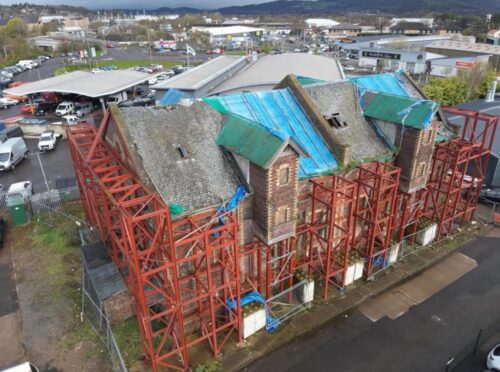
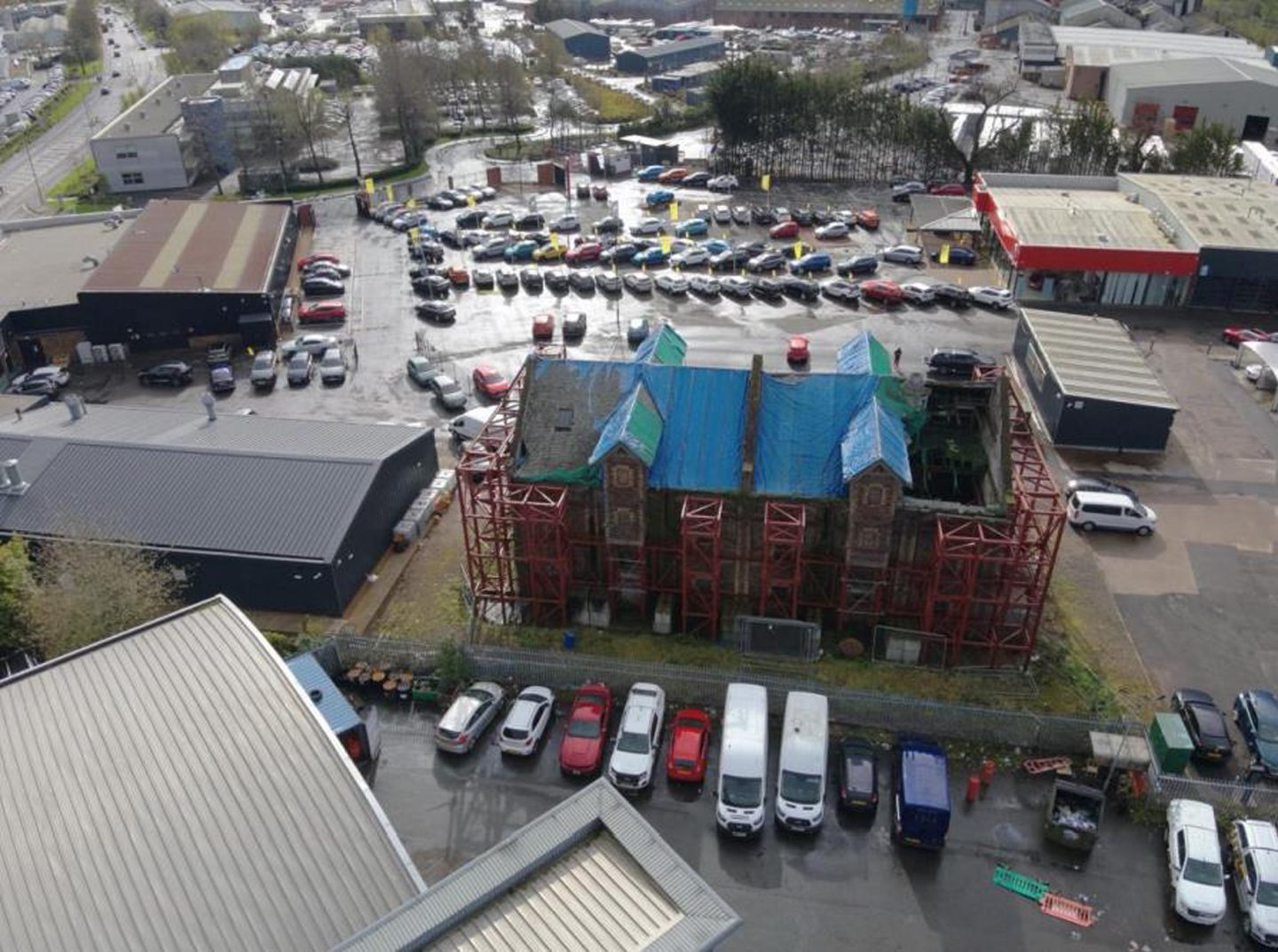
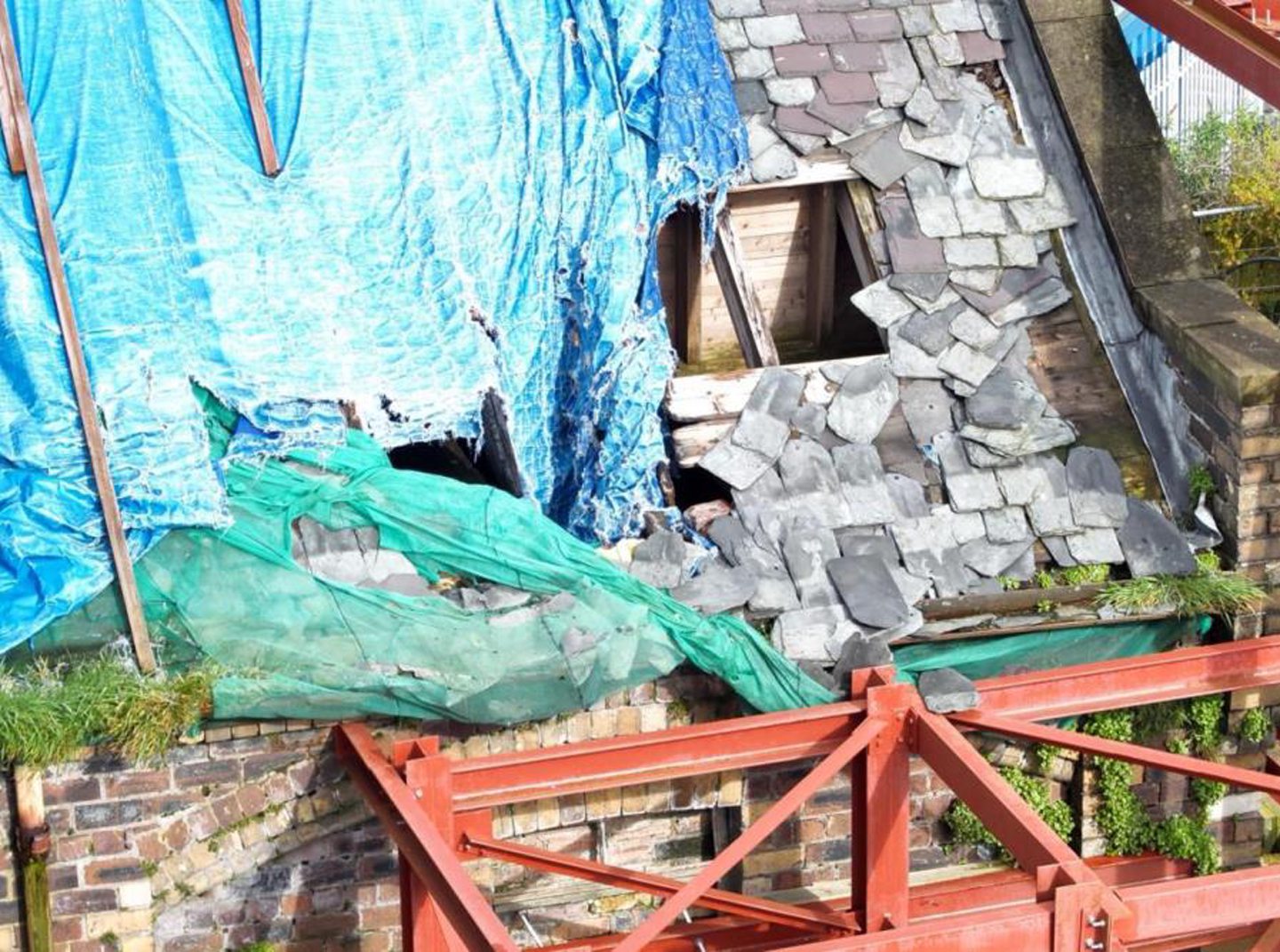
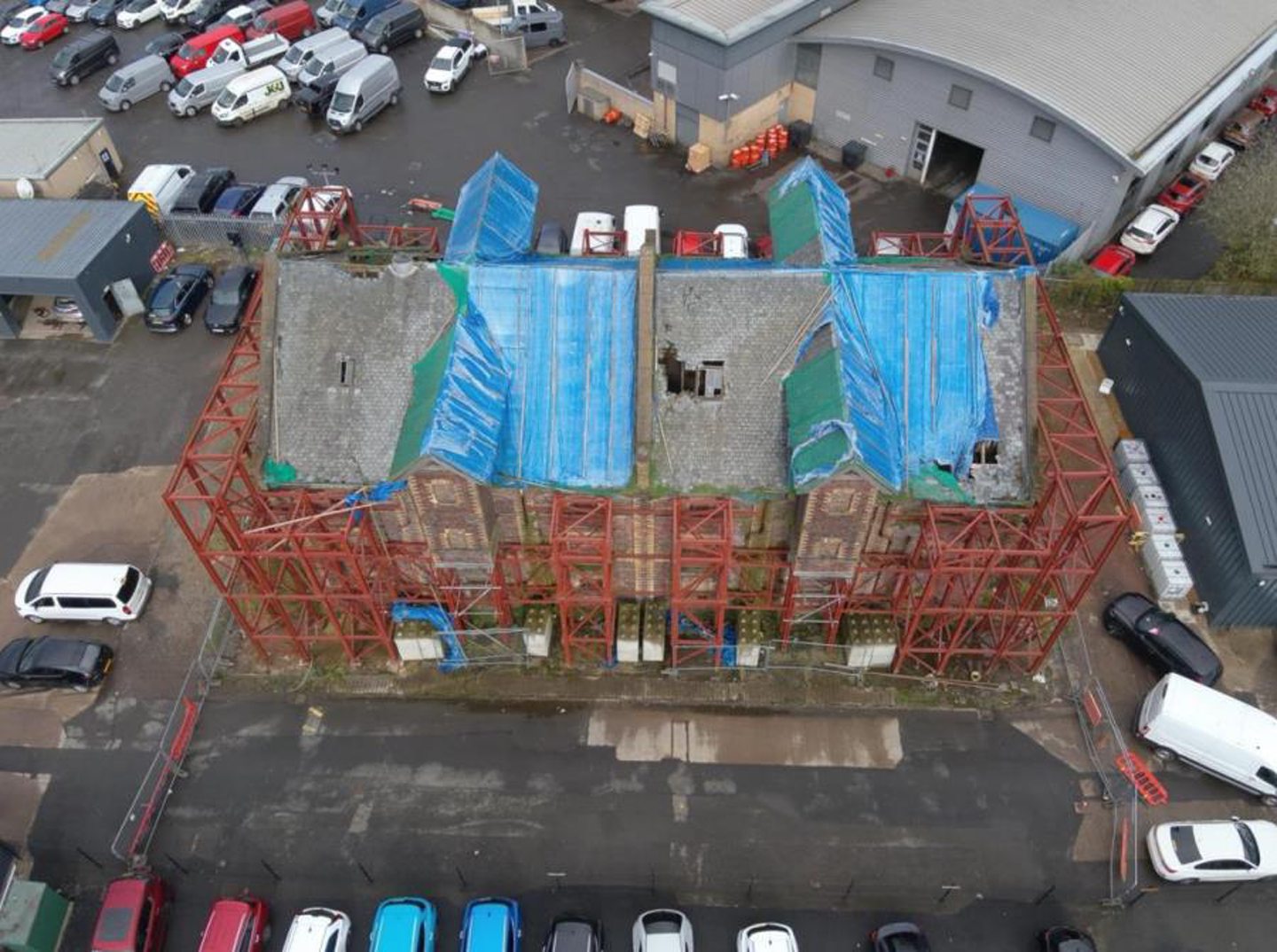
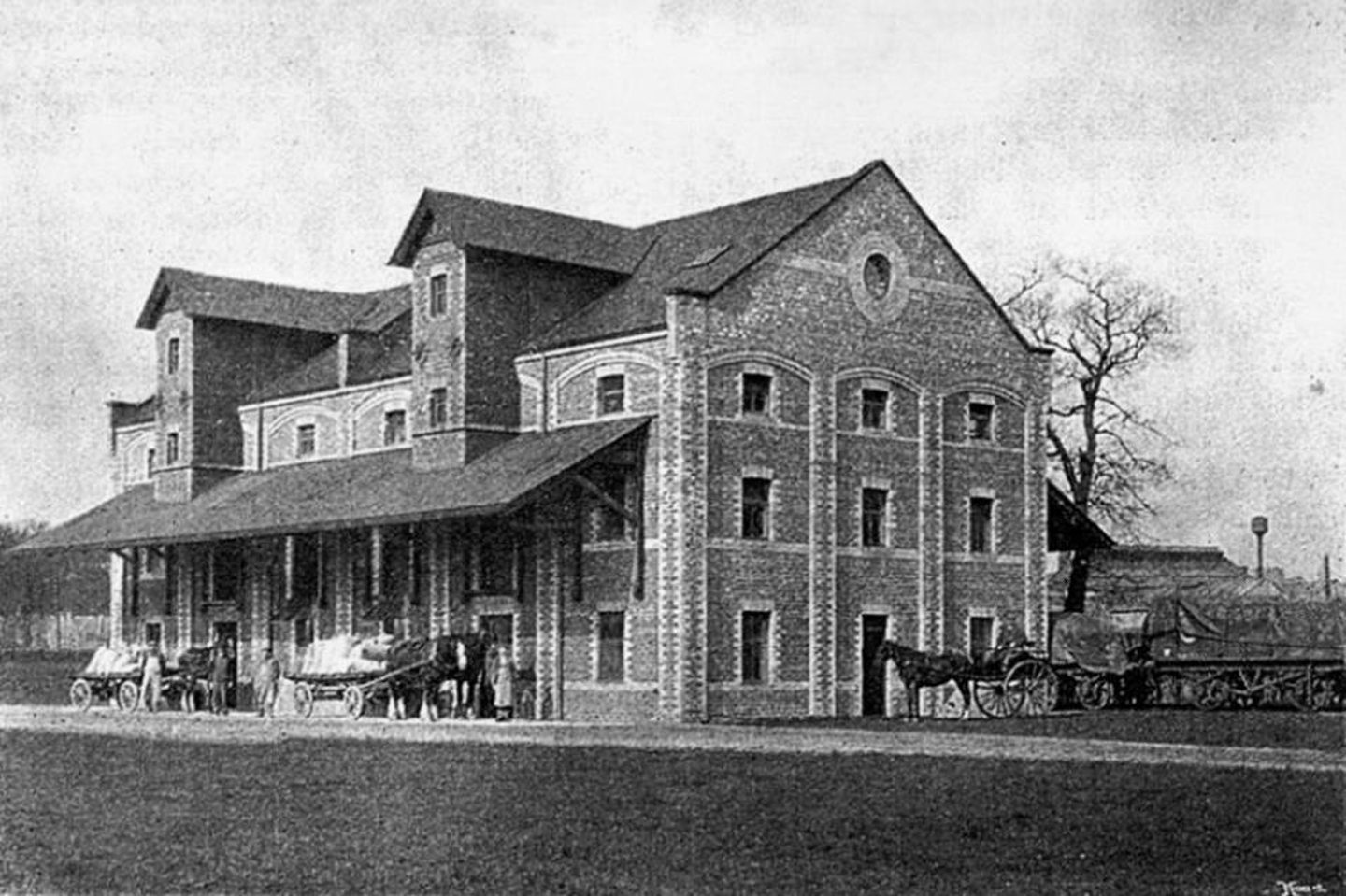
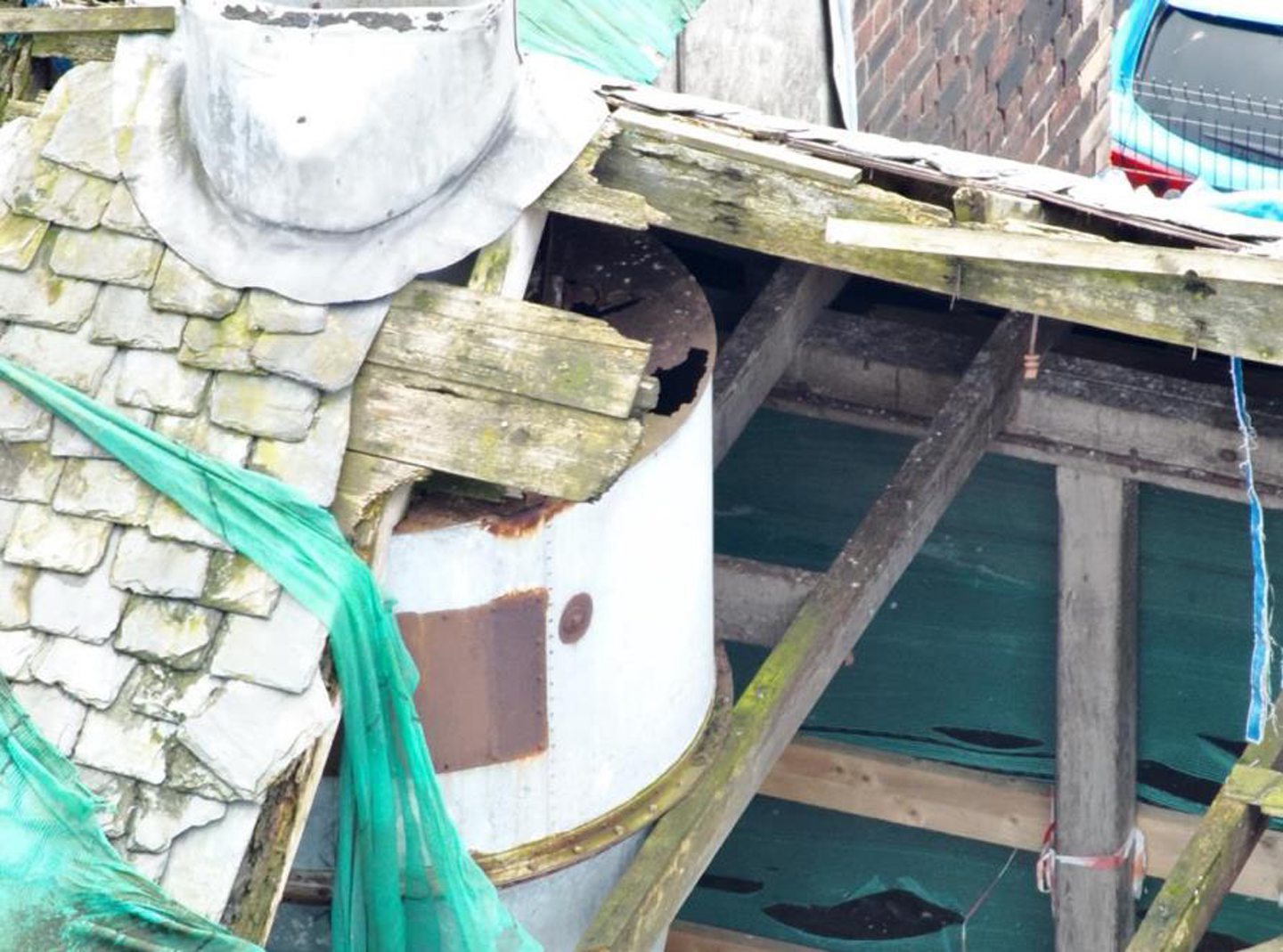

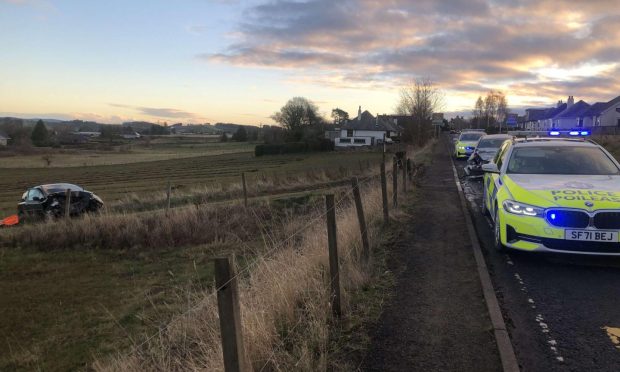
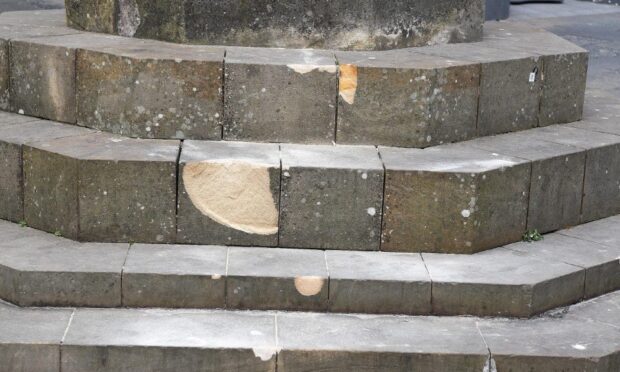
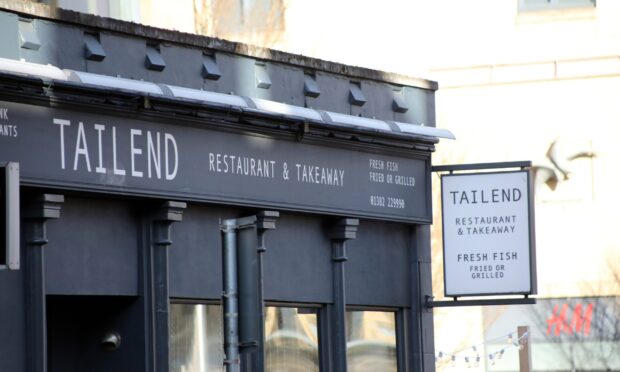
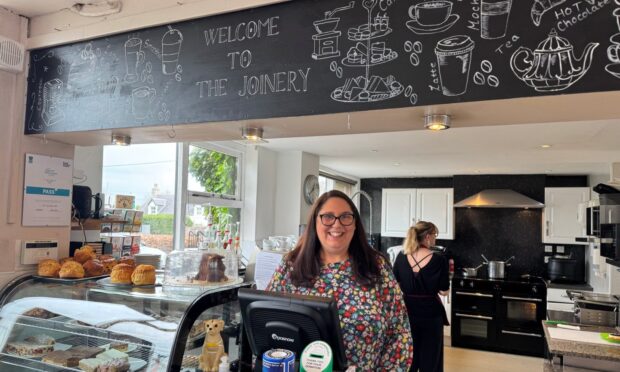
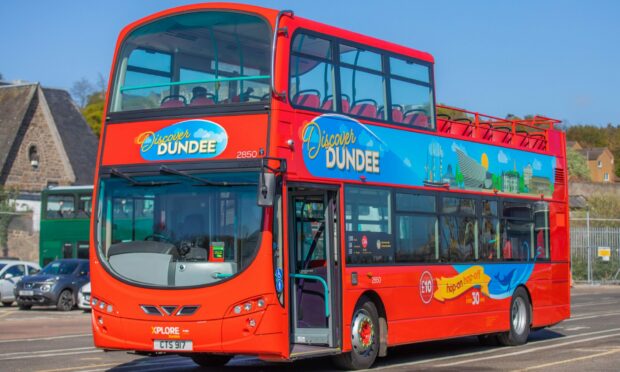
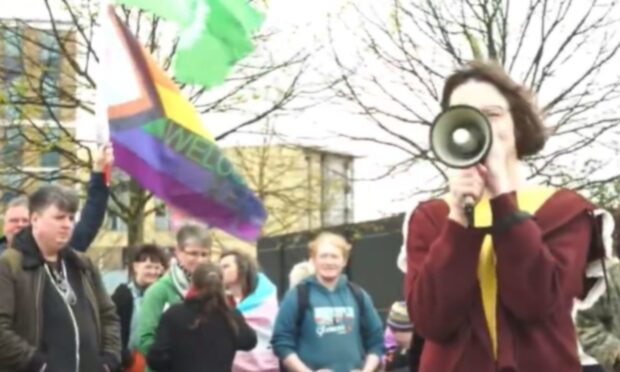
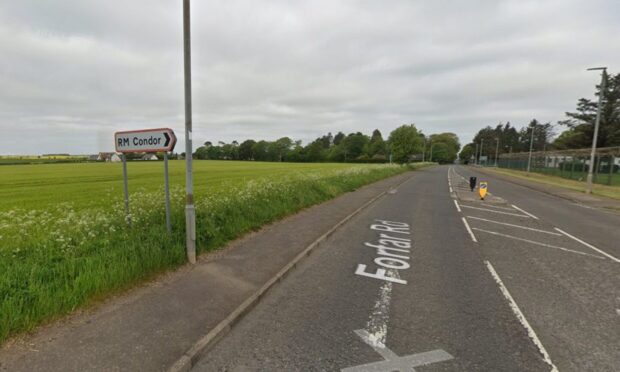

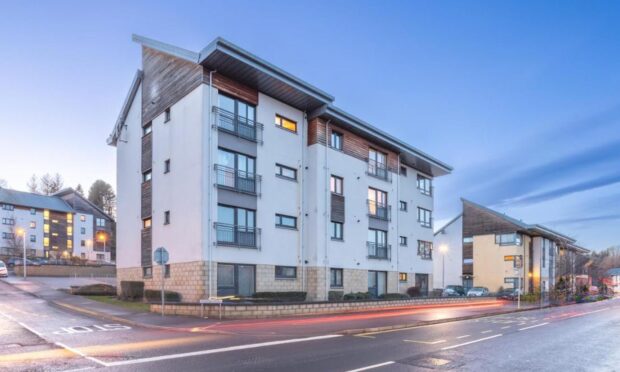

Conversation